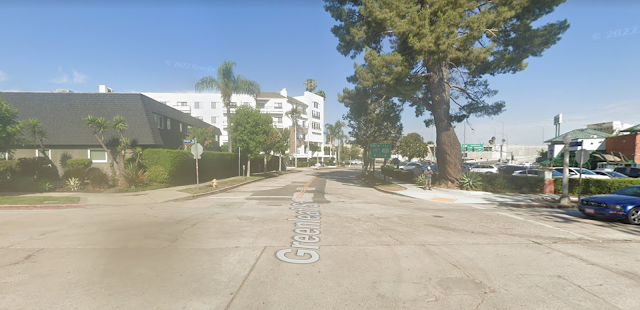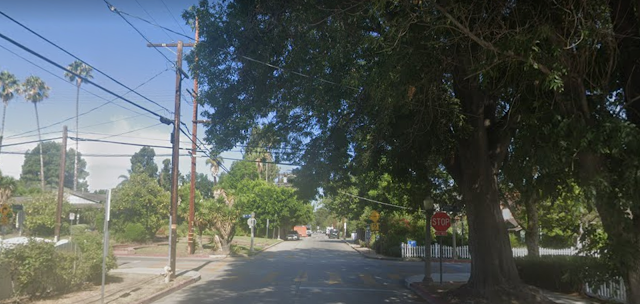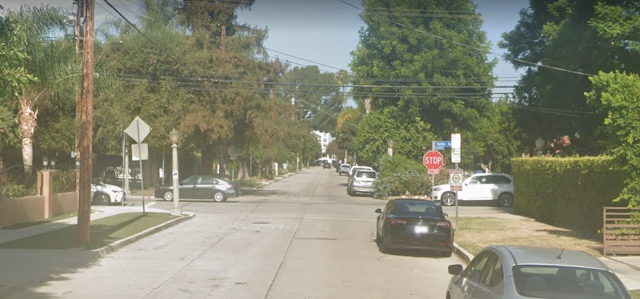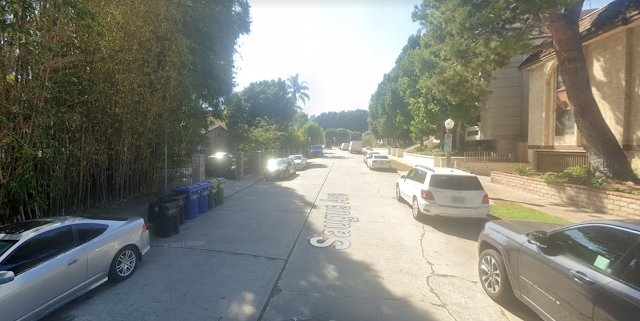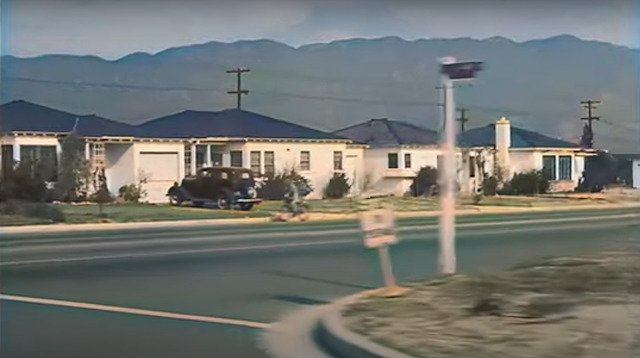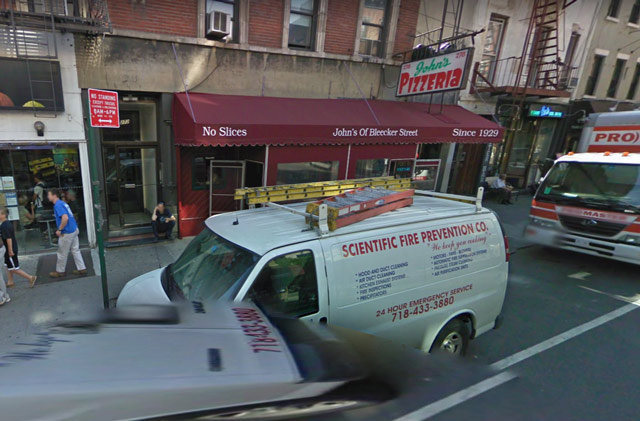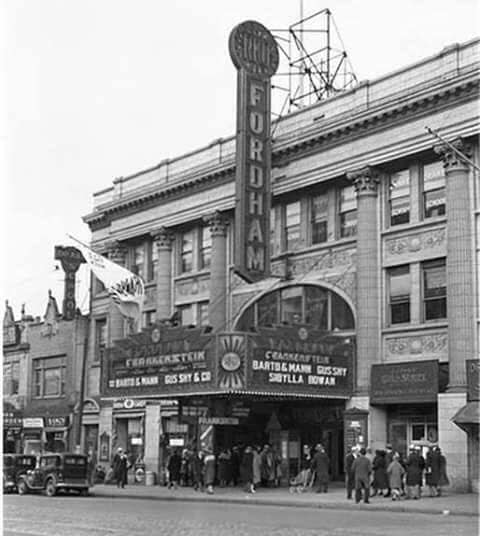A Dark View Of... Darkness
I've seen some reviews of this video, and many interpretations are extremely helpful in understanding the meaning. There is never just one way to view a work of art.
The critiques I saw, though, were missing points that might help viewers develop insight into what is actually being portrayed. Many "missed the forest for the trees." I view the video as a broad-brush interpretation of German history and its underlying ethos, flaws, and promise, Getting too bogged down in details obscures the power of the message.
Regarding the title, the members of Rammstein freely admit to being socialists. As their lead singer has said, "We come from the East and we have grown up as socialists." So, there is nothing pejorative about it, they want to be known as socialists, and so shall they be.
So, here's another review, for what it's worth. I'm fully prepared for the standard "You understand nothing about anything" sorts of comments, so feel free to post below any reaction you have to this, additional thoughts or criticism or whatever.
It's a great, thought-provoking video, and clearly a lot of thought went into its structure and construction. This review may help you organize your own thoughts about this powerful video and come to your own, better conclusions.
Part 1: The Past Meets The Future
The introductory section sets the tone for the rest of the video and establishes themes that will be developed further through vignettes related to German history.
We see a ragtag band of soldiers stumbling upon a gory sight: a bright red laser beam into the heavens, a tree with corpses hanging from it, creepy statues bathed in red light, a woman under a tree. The only title of the video appears: Germania Magna 16 A.D.
This title indicates this is seen from the perspective of the approaching soldiers, who we can safely assume are Roman based on their dress and the title's use of the Latin name for what would become known as Germany/Deutschland.
Some reviewers waste a lot of time trying to identify this as a specific event, such as the Battle of the Teutoborg Forest of 9 A.D. Since we've just been told it's seven years later, that obviously wasn't the intent here. This is just a random encounter of an empire representing the past and a nascent, mysterious global power.
But what kind of encounter? Everything in this video, as we'll see, is highly symbolic and not to be taken literally. So move out from among the trees and let's look at the forest: this is an encounter between civilizations. But it's more than that. It is the passing of the torch from antiquity to modern times.
Now, anyone who knows much about ancient history understands that antiquity is considered to have continued for centuries after this first scene. But the point is that the future is being born in Germany, it represents the dawn of a new age. This video is an examination of what underlies the advances of modern times.
The woman they encounter happens to be black. There are many attempts to explain why this choice was made, often along PC lines such as "they're showing anyone of any background can be German." That's not necessarily wrong. My interpretation is that she is different from everyone else in the video in that sense for a purpose: to show that Germany is different. It is certainly different than Rome, and the point is made throughout that Germany has unique issues and aspirations.
The main colors used are red, gold, and black. This is often interpreted as a reference to the later German flag, which of course is true. However, the dominant color by far is bright red. This is the color most associated with hell. To further the point, the grim native statues shown are bathed in red light. It's pretty clear that the intent is to show them as representing sinister forces.
But there's a double meaning to the red laser beam. The German expression "roter Faden" translates to "red thread." It is an idiom referring to the guiding principle or guideline of a story. So, when this beam first appears is when the video's message is established.
The woman is cutting up a corpse to sever the head. As we will see throughout the video, she represents Germany.
The soldiers are worn and battered - like the civilization they represent. The woman is young and fresh, and as she turns we see the video name - Deutschland - showing she represents the new German identity. The soldiers are horrified at what they see, showing a normal reaction, and immediately attack this dark force, but we know they ultimately will be defeated. Rome stood no chance against the powerful new forces at play.
Part 2: The Future Realized
The scene next shifts to men advancing in spacesuits on a space station. Rammstein is known for their cynical view of the space program - see their video Amerika - and that continues here. The dramatic shift in time hammers home the point that the encounter with the woman in the forest leads directly to the future - or now. It's certainly not lost on Rammstein, I'm sure, that the U.S. space program was largely built by Germans fleeing the aftermath of World War II.
They're carrying something we can't really make out - but we'll find out what it is at the end. An image of a medieval figure brandishing a cross appears, suggesting that the pagan gods shown in the first scene have just been replaced with new excuses for evil.
The scene quickly shifts to the same lady we saw before - Germany - being pushed by a group of men in a wheelchair between biers containing flaming skeletons. Obviously, the same impulses that controlled her during the earlier encounter are still present. This is amplified by the same demonic red light shining upwards behind the group. However, and while she's old and feeble now, with her time running out, she's still carrying the severed head.
Part 3: Vignettes Of Brutality And Horror From German History
By this point, the main themes have been efficiently established, and it's the "proof" section. That is, we're going to see how the demonic forces infusing the future as represented by the encounter in the forest manifested over the years. The woman is always shown enjoying the savagery and encouraging and enabling it.
There's a savage brawl in ca. 1900, with the men using brass knuckles - the woman helpfully provides them. Others bet on the winner. Obviously, the fighting men are oppressed by the system into hurting each other for sustenance as a sport for the other, presumably more well-heeled, bettors.
The woman is shown in medieval armor, laughing in a dark battlefield full of fallen knights. Faceless men are killing one another, all bathed in the demonic light.
A group of well-dressed men is seen walking away indifferently as the Hindenburg explodes and burns behind them. They couldn't care less, they have made their profit from the construction, the destruction is not their concern.
It is only now that the lyrics begin. "Du hast viel geweint" - "You have cried many times" - hammers home that there has been a lot of pain since that encounter in the forest.
A scene of relatively modern (mid-20th Century) military men on one side and well-off civilians on the other appears, attending to a seated boss in between. This presumably refers to communist oppression in the East, showing that one set of bosses representing an economic system that purports to promote "equality" is no better than the others. The problem lies much deeper and is inherent to Germany, as underscored by the presence of the woman in the background.
Additional scenes then appear from different points in German history that continue to make the same point of oppressors victimizing the people. Medieval monks feast on the body of Germany, with people crying out for freedom and literally boxed in underneath the table.
A scene in a prison apparently is from the 1920s - money is thrown about like confetti to represent hyperinflation - as common men are brutalized by uniformed prison guards.
The scene in the 1920s car may represent Hitler - who famously like to sit in the shotgun seat while being driven - as lead singer Till Lindemann is sporting a bit of a mustache. However, the parallels can't be made too directly because there are limitations on what can be shown about that era due to German law, so you must make the associations yourself.
This is reinforced by the next scene - a concentration camp with V-2 rockets built by slave labor. It is here that Lindemann, dressed as a concentration camp inmate, turns pointedly to the camera and finally, emphatically says "Deutschland, Deutschland über alles," We don't need any translation of that, it's clear by this point where German imperialism has led. There are scenes of brutality by the guards and against them, with the implication that it is the brutality that is the point, not who commits it or what the reasons are.
The next scene is a confrontation with the Baader-Meinhof gang of the 1970s. Once again, we can't get bogged down in details. The point is the terrorism of the 1970s as a reflection of the inherent violent German way to confront problems.
The remainder of this section of the video basically amplifies on the vignettes already established, such as showing Brownshirts burning books and the like. A monk hugs a Nazi soldier, suggesting complicity between church and state.
Ending
There are scenes of the woman representing Germany, given a bright halo, giving birth to multiple dogs, who are then swathed in red. How you interpret this will depend on what you've gotten from the previous images in the video, but to me it represents the good intentions of Germany giving spawn to the hounds of hell.
The ending scene shows the mysterious object being carried by the space-suited men on the station floating in orbit, with the red beam of Germany rising from the earth. Again, this is subject to multiple interpretations, so here's mine: the object is a coffin, and Germany - here in the broadest sense of modern society - is on the verge of spreading its violence and brutality into the cosmos unless it's stopped. The modern ethos, with its destructive and brutal impulse is no longer confined to just the earthly realm. It's not so much an indictment of one nation as it is the wrong turn society made so many years ago.
In conclusion, this was meant to be thought-provoking, not definitive. I hope it made you think about the message of the video. Feel free to leave your own interpretations in the comments below.






